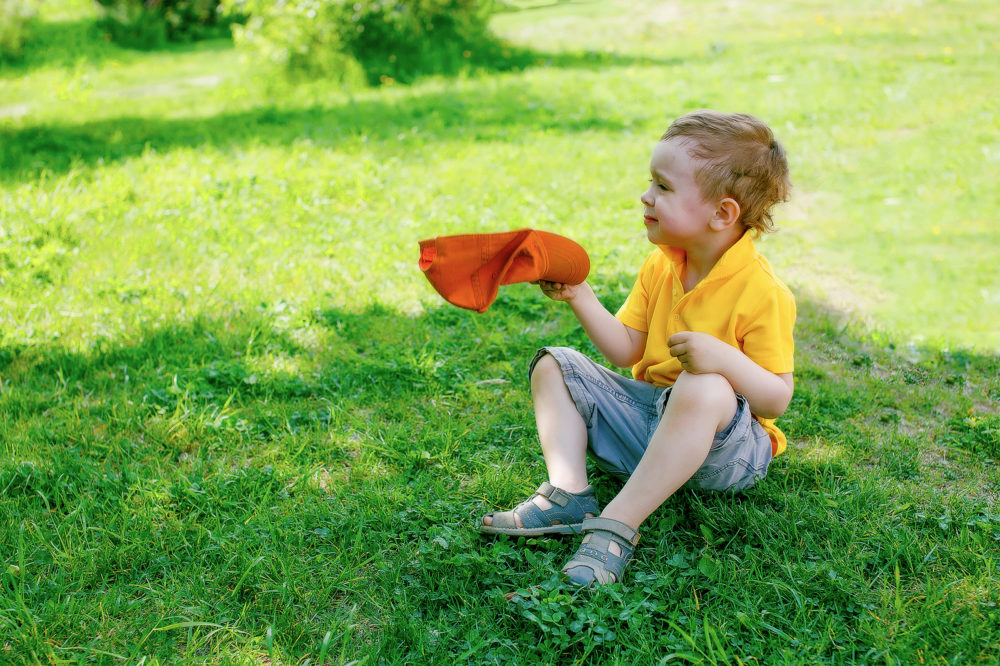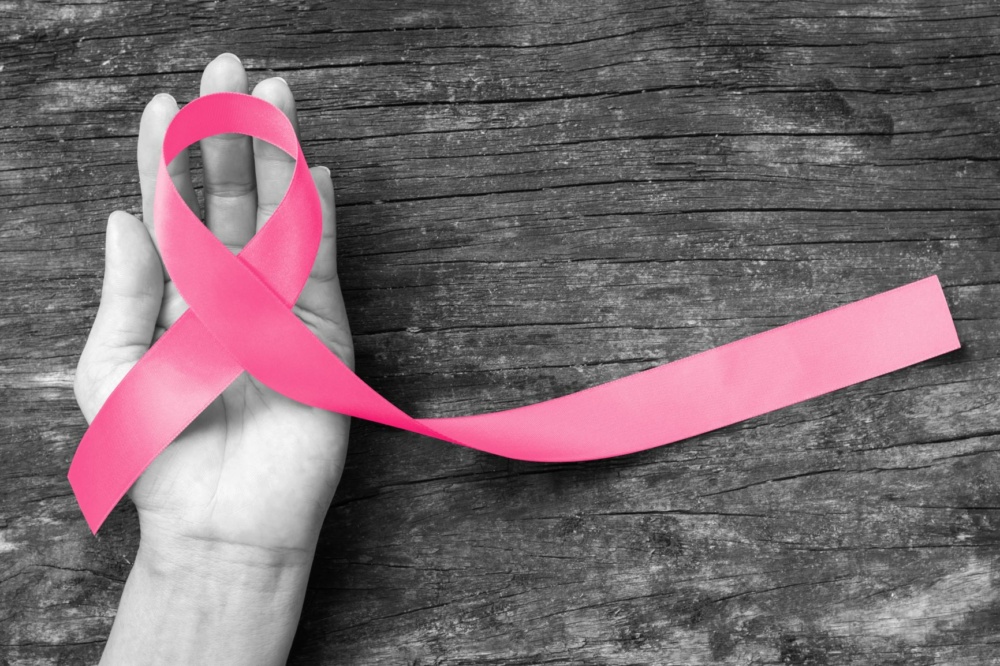“Heat stress should be taken very seriously,” says Ross Tobleman, M.D., Emergency Medical Director at Baylor Scott & White Medical Center in Round Rock. “When heat is combined with other stresses – such as hard physical work, loss of fluids, or fatigue – it may lead to heat-related illness, disability, or in some cases, death. Those at the highest risk include children under age four, people over age 65, and those who are obese, already ill or taking medications.”
When you’re outside this summer with the kids, it’s good to keep an eye on heat exhaustion, which is the result of prolonged exposure to heat coupled with insufficient body fluid. Symptoms can include heavy sweating, paleness, muscle cramps, tiredness, weakness, dizziness headache and nausea or vomiting.
Normally, we cool down by sweating, but in extreme heat, the body can lose its ability to regulate temperature. The sweating function fails and body temperature rises rapidly, resulting in heat stroke which is the most severe form of heat illness and is a life-threatening emergency.
Remember as a parent, “if the kids wait to drink until they actually feel thirsty, they’re already dehydrated,” said Dr. Tobleman. “Thirst doesn’t kick in until a child has lost 2 percent of his or her body weight as sweat.”
If heat stroke is suspected, 9-11 should be called immediately. Until help arrives, move the person to a cool area and remove excess clothing. Fan and spray them with cool water. Offer sips of water if they are conscious.
So what can be done to prevent heat-related illness? The most important thing to do is to keep yourself and your kids well hydrated. Water is crucial to helping the body adjust to high temperatures. And in our humid Central Texas climate, the body must work even harder to get rid of excess heat because perspiration can’t evaporate as readily under muggy conditions.
“Thirst doesn’t kick in until a child has lost 2 percent of his or her body weight as sweat” -Dr. Ross Tobleman, Emergency Medical Director at Baylor Scott & White Medical Center in Round Rock
Some other things you can do to protect yourself and your kids against heat stroke include:
A good size drink for a child, according to the American Academy of Pediatrics, is 5 ounces of cold tap water for a child weighing 88 pounds, and nine ounces for a teen weighing 132 pounds. One ounce is about two kid-size gulps.
Additional tips:
- Avoid tea, coffee, soda and alcohol as these can lead to dehydration.
- Wear lightweight, tightly woven, loose-fitting clothing in light colors.
- Schedule vigorous activity and sports for cooler times of the day.
- Protect yourself from the sun by wearing a hat, sunglasses and using an umbrella.
- Increase time spent outdoors gradually to get your body used to the heat.
- During outdoor activities, take frequent drink breaks and mist yourself with a spray bottle to avoid becoming overheated.
- Try to spend as much time indoors as possible on very hot and humid days.
By heeding early warnings of heat stress, such as headache, heavy perspiration, high pulse rate and shallow breathing, you can prevent further heat injury. If you notice any of these signs or symptoms, you should take a break immediately and get to a cooler location.
*This information is intended for general knowledge and is not a substitute for professional medical advice or treatment.
For additional information, contact Baylor Scott & White Health at 512.509-0200 or visit Baylor Scott & White Health.







Recent Comments